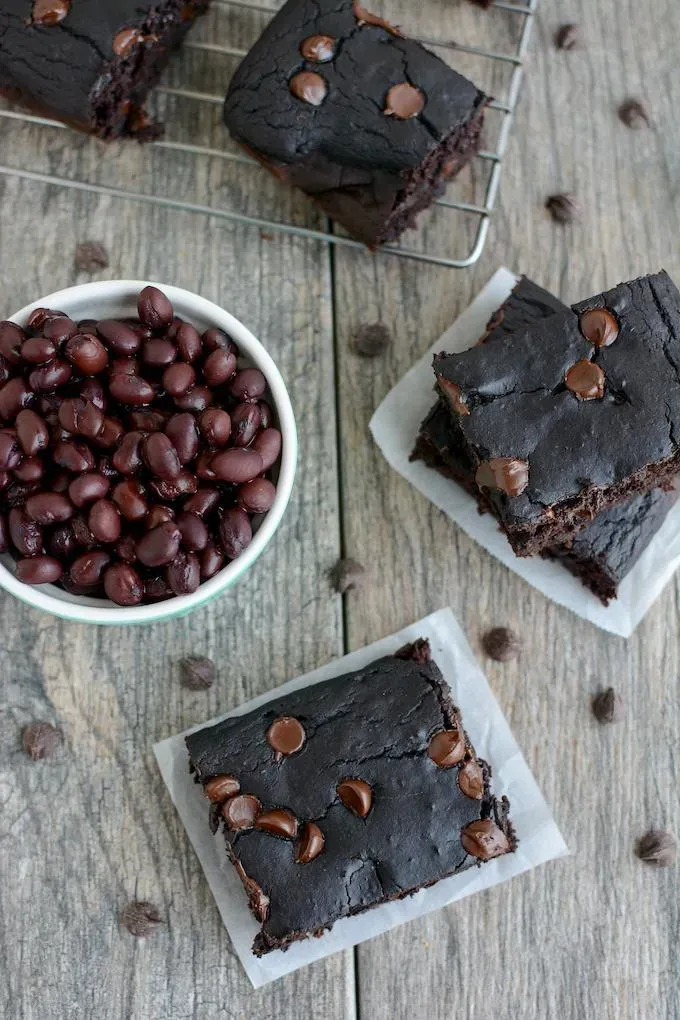Table of Contents
Let's be honest. Managing diabetes often feels like navigating a minefield, especially when dessert cravings hit. The thought of a warm, fudgy brownie seems like a distant, forbidden dream. You eye the bakery case, sigh, and reach for... well, usually not a brownie. But what if I told you there's a way to enjoy a rich, chocolatey treat without sending your blood sugar into orbit? We're talking about black bean brownies for diabetics, and before you wrinkle your nose, hear me out.
Why Black Bean Brownies for Diabetics? The Surprising Health Benefits
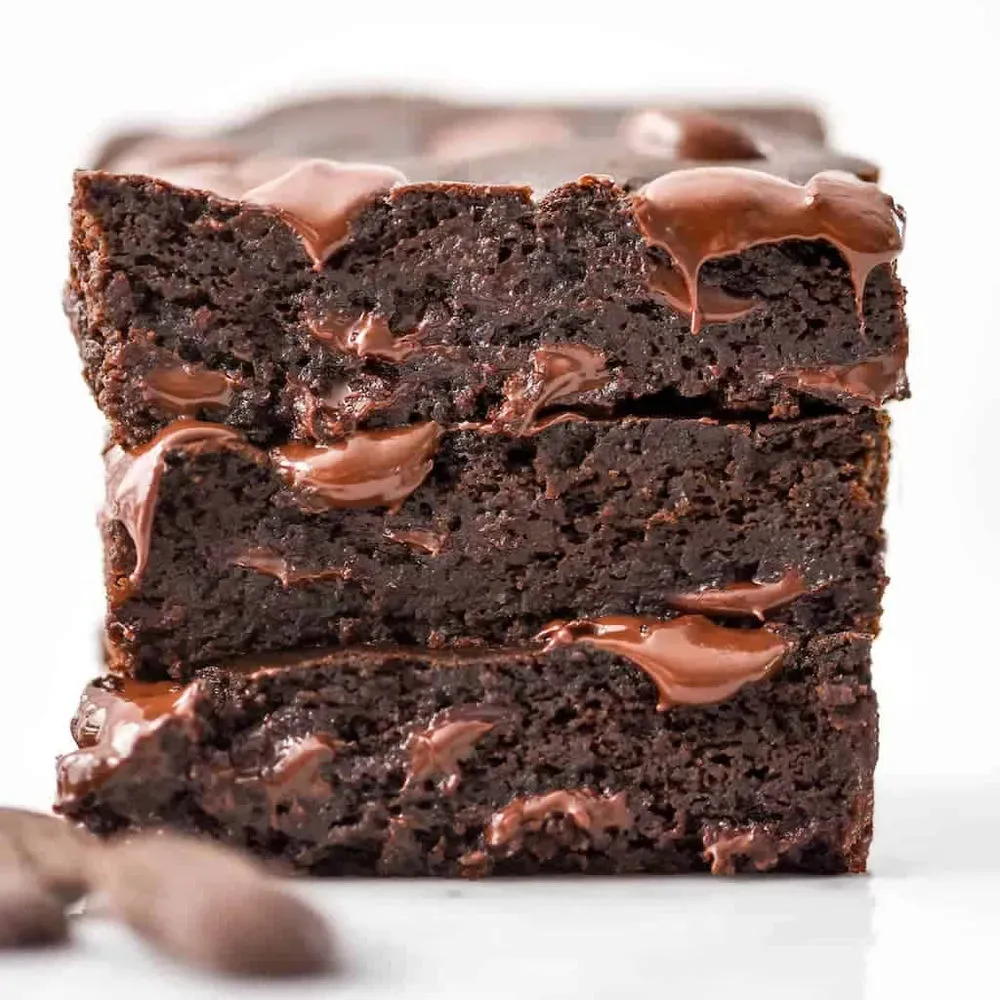
Why Black Bean Brownies for Diabetics? The Surprising Health Benefits
Taming the Sugar Spike: Fiber and Lower Carbs
let's get straight to the main event for anyone looking at black bean brownies for diabetics: the sugar impact. Traditional brownies are basically sugar bombs wrapped in flour. That's a recipe for a rapid blood sugar surge, followed by the inevitable crash. Black bean brownies flip the script. By replacing much of the flour and refined sugar with black beans and natural sweeteners like dates or sugar substitutes, you drastically cut down on the simple carbohydrates that cause those spikes.
Black beans are loaded with fiber. Think of fiber as the speed bump for sugar entering your bloodstream. It slows down digestion, preventing that quick hit and promoting a more gradual rise in blood glucose levels. This is a game-changer for managing diabetes. It means fewer dramatic swings and more stable energy.
Protein Powerhouse: Staying Full and Stable
It's not just about managing sugar; it's also about feeling satisfied. Black beans bring a good amount of protein to the party, especially when combined with eggs in the recipe. Protein, like fiber, helps you feel full for longer. When you eat something high in protein and fiber, you're less likely to reach for another sugary snack an hour later.
This sustained fullness helps with weight management, which is often a critical part of diabetes care. Plus, protein has minimal impact on blood sugar levels compared to carbohydrates. So, these black bean brownies for diabetics aren't just a "less bad" dessert; they're actually contributing beneficial macros that support better glucose control and overall health.
Here's a quick look at why these brownies are a smarter choice:
- Reduced simple sugars compared to traditional recipes.
- High fiber content from black beans slows sugar absorption.
- Protein from beans and eggs promotes satiety.
- Can contribute to more stable blood sugar levels.
- Offers essential nutrients like iron and magnesium found in beans.
Texture Over Taste: The Bean Secret
Now, the million-dollar question: Do they taste like beans? If done correctly, absolutely not. The magic of black bean brownies for diabetics lies in the bean's texture contribution rather than its flavor. When blended into a smooth puree, black beans create an incredibly moist and fudgy base. This is what gives them that desirable dense, rich brownie texture that flour-based recipes often struggle to achieve without excessive butter or oil.
The strong flavors of cocoa powder, vanilla, and your chosen sweetener completely mask any hint of bean taste. It sounds improbable, but trust me, or better yet, try it. The result is a decadent-tasting brownie that happens to be packed with hidden health benefits, making it a surprisingly viable option for anyone managing diabetes who misses enjoying a sweet treat.
Key Ingredients for DiabeticFriendly Black Bean Brownies

Key Ingredients for DiabeticFriendly Black Bean Brownies
The Humble Bean: The Star Player
Alright, let's talk turkey, or rather, beans. The absolute cornerstone of black bean brownies for diabetics is, you guessed it, the black bean. You need cooked, rinsed black beans. Canned is perfectly fine, just make sure you rinse them *really* well to get rid of that weird canning liquid and reduce sodium. We're using them for structure and moisture, not that earthy bean flavor you might be picturing in a chili. The goal is a smooth, neutral base that disappears into chocolatey goodness.
Sweeteners That Don't Spike
Here's where you ditch the granulated white stuff. For black bean brownies for diabetics, your sweetener choices are critical. Medjool dates are a popular option; they provide natural sweetness, fiber, and a lovely gooey texture. You'll usually soak them and blend them into a paste. Just remember dates still contain natural sugars, so portion control is key. Alternatively, you can use sugar substitutes like erythritol, stevia, or a blend. These provide sweetness without the carbohydrates, offering more flexibility for stricter carb counting. Experiment to find what tastes best to you without any weird aftertaste.
Choosing your sweetener matters:
- Medjool Dates: Natural, fiber-rich, adds moisture and fudginess. Still contains sugar, requires blending.
- Erythritol/Stevia Blends: Zero or low calorie, no carb impact. Can sometimes have a cooling effect or aftertaste.
- Monk Fruit Sweetener: Another popular zero-calorie option.
- Allulose: Tastes very much like sugar, low carb impact, but can be more expensive.
Which one will you choose for your batch of black bean brownies for diabetics?
Fats and Flavor Boosters
Even in a healthier brownie, you need some fat for texture and richness. A small amount of coconut oil, olive oil, or even unsweetened applesauce works well. Applesauce reduces fat but can make them a little less rich. Coconut oil adds a nice depth. For chocolate flavor, unsweetened cocoa powder is your best friend. Use good quality stuff; it makes a difference. Vanilla extract is non-negotiable – it enhances all the other flavors. A pinch of salt balances the sweetness.
Binding it All Together
Eggs typically act as the binder, holding everything together and contributing to the texture. If you need an egg-free version, flax eggs (ground flaxseed mixed with water) can often work, though the texture might be slightly different. Baking powder is usually added to give them just a little lift, preventing them from being completely flat pucks.
Tips for Baking Perfect Black Bean Brownies for Diabetics
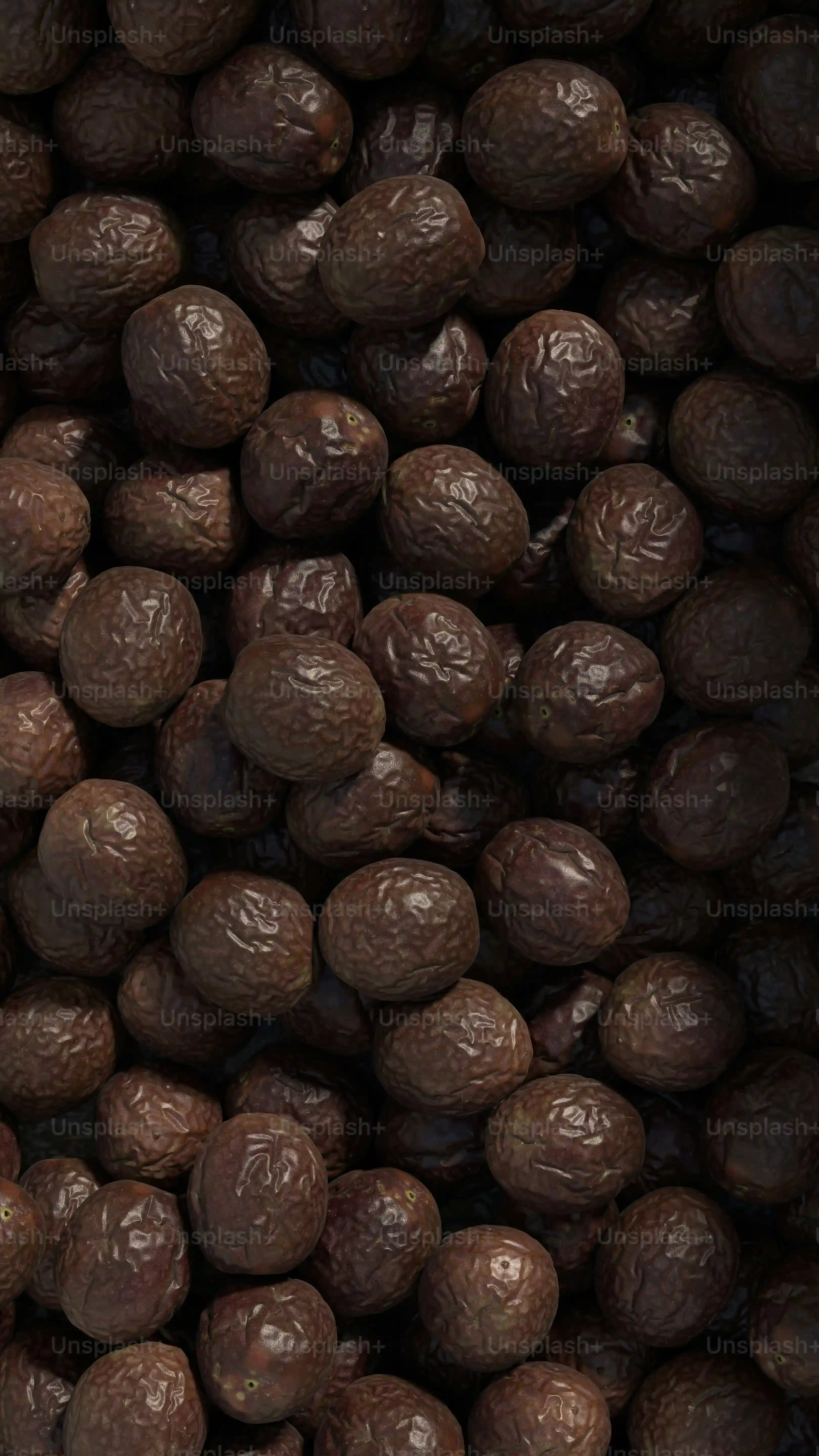
Tips for Baking Perfect Black Bean Brownies for Diabetics
Mastering the Blend: No Chunky Surprises
you've got your ingredients lined up for these black bean brownies for diabetics. Now, the single most crucial step to avoid a texture disaster is blending those beans. You aren't aiming for a rustic, slightly lumpy mix. You need a *smooth* puree. Think baby food smooth. A good food processor is your best friend here. Toss in the rinsed beans, your sweetener (especially if using dates), and maybe the wet ingredients like eggs and oil first. Let that machine run until there isn't a single speck of bean visible. Seriously, blend it longer than you think you need to. Any stray chunks will ruin the illusion and give away your secret ingredient faster than you can say "legume." A gritty brownie is a sad brownie, and we're aiming for fudgy perfection here.
Baking Time is Key: Don't Overdo It
Baking black bean brownies for diabetics isn't like baking traditional flour brownies where you look for clean toothpick tests. Because of the moisture from the beans, the center will likely still look a little underdone or wet when they're ready. Over-baking is the enemy; it turns that lovely fudgy texture into something dry and crumbly. Start checking them around the minimum bake time listed in your recipe. The edges should look set and pulling away slightly from the pan, but the center should still look soft. They continue to cook and firm up significantly as they cool. Pull them out when they still look a *little* too soft in the middle. I learned this the hard way, ending up with bean-flavored rocks instead of brownies.
- Check edges for firmness, center should look soft.
- Brownies will firm up as they cool.
- Under-baking slightly is better than over-baking.
- A slightly moist center is a sign of fudginess to come.
Customizing Your Black Bean Brownies for Diabetics
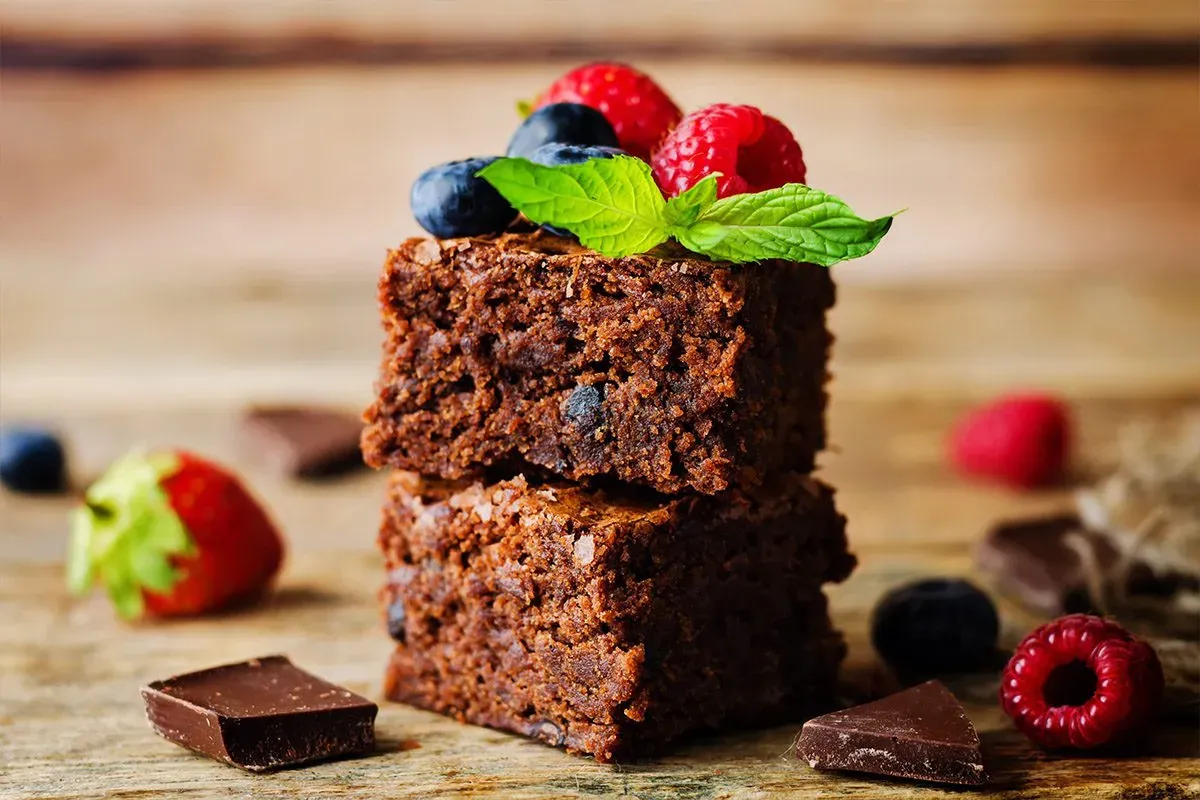
Customizing Your Black Bean Brownies for Diabetics
Adding Chocolate Chips or Nuts (Wisely)
so you've got the basic black bean brownie for diabetics mix down. Now, how do you make it *your* brownie? Let's talk add-ins. The easiest way to elevate these is with chocolate chips. But hold up – standard chocolate chips are loaded with sugar. Look for sugar-free or very dark chocolate chips (85% cacao or higher) used sparingly. A little goes a long way for that burst of melty goodness. Nuts, like walnuts or pecans, are also fantastic. They add crunch, healthy fats, and fiber, which is a win-win for blood sugar management. Chop them up and fold them in gently at the end. Just remember that nuts add calories and fat, so factor them into your portion size.
Boosting Flavor Beyond Basic Chocolate
Chocolate is great, but sometimes you want a little extra something. This is where other flavor boosters shine in your black bean brownies for diabetics. Instant espresso powder is a secret weapon; it intensifies the chocolate flavor without adding bitterness if used correctly (usually a teaspoon or two). Peanut butter or almond butter swirls are another popular move – just warm a couple of tablespoons of sugar-free nut butter until drizzle-able and swirl it into the batter before baking. Spices like cinnamon or a tiny pinch of cayenne can add warmth and complexity. Think about what flavors pair well with chocolate and won't mess with the diabetic-friendly nature of the base.
Consider these flavor twists:
- Espresso powder: Deepens chocolate flavor.
- Sugar-free nut butter swirl: Adds richness and protein.
- Cinnamon or chili powder: Introduces warmth and spice.
- Peppermint extract: Creates a mint-chocolate vibe (use sparingly).
- Orange zest: Brightens the chocolate notes.
Storing and Serving Your Black Bean Brownies for Diabetics
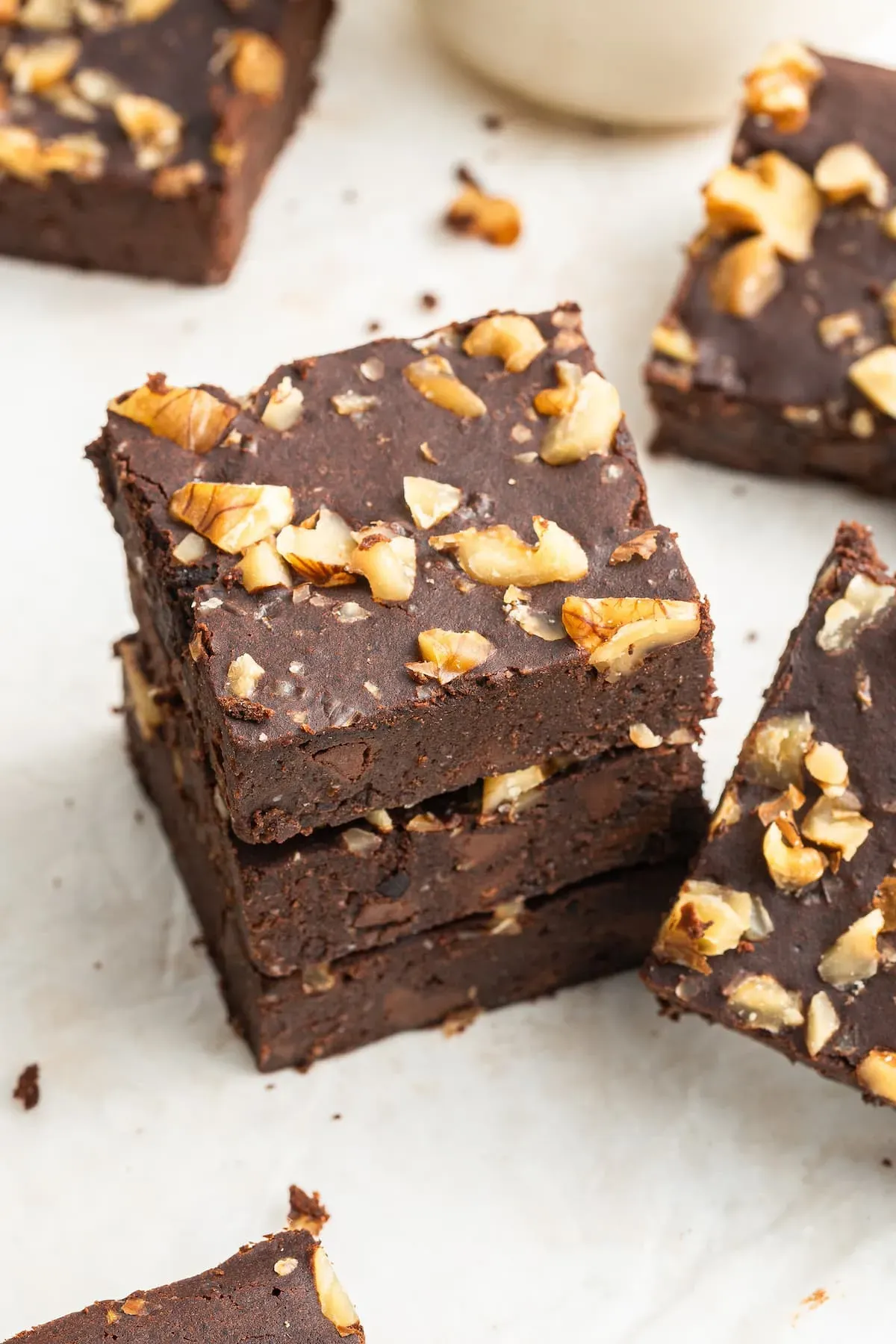
Storing and Serving Your Black Bean Brownies for Diabetics
Making Them Last (If They Don't Disappear First)
you've successfully baked a batch of black bean brownies for diabetics. The hardest part now is waiting for them to cool (seriously, resist the urge to dive in immediately, they firm up!). Once they're cool, storing them properly is key to maintaining that fudgy texture. These aren't like regular brownies that can sit on the counter for days. Because of the moisture from the beans and natural sweeteners, they do best in an airtight container in the refrigerator. They actually get *fudgier* and more stable the next day, which is a huge win. Think of it as a flavor development period. If you won't eat them all within 4-5 days, wrap individual brownies tightly in plastic wrap or parchment paper and pop them into a freezer bag. They freeze beautifully for up to a couple of months, ready for a quick thaw whenever a craving strikes.
Enjoying Dessert Again: The Sweet Reality of Black Bean Brownies
So there you have it. The secret's out: black bean brownies for diabetics are not a myth, but a delicious reality. They prove that managing your blood sugar doesn't mean saying goodbye to all your favorite treats. By swapping out refined flour and excessive sugar for nutrient-dense black beans and natural sweeteners, you create a dessert that actually works for you, not against you. These brownies offer a satisfying richness, a good dose of fiber and protein, and the simple pleasure of indulging in something sweet without the usual worry. Give them a try; you might just find your new go-to healthy dessert.
